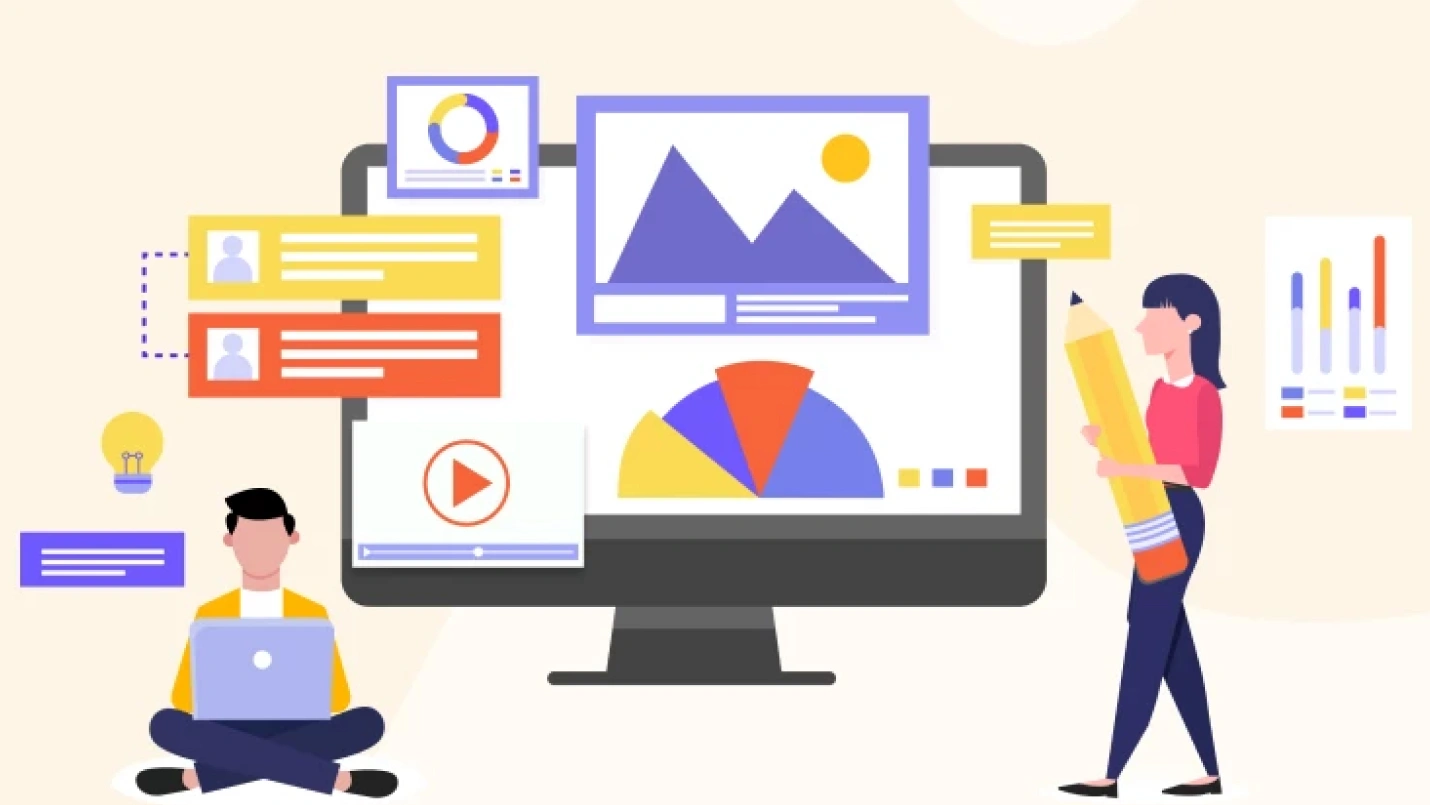What if you could turn an idea into income—without worrying about warehouses, shipping logistics, or manufacturing costs? That’s exactly what launching a digital product allows you to do. As the creator economy and digital landscape continue to grow at record speed, digital products have emerged as one of the most scalable and profitable business models in 2025.
From ebooks and online courses to software and design templates, digital products offer infinite selling potential with almost zero inventory costs. But launching one is not just about uploading a file and waiting for sales to roll in. Success requires strategy, structure, and a growth-focused mindset.
In this guide, you’ll learn how to go from idea to income by launching and scaling your own digital product with confidence. Whether you’re a freelancer, coach, educator, or entrepreneur, this step-by-step framework is designed to help you stand out in the crowded online marketplace and grow sustainably.
Step 1: Validate Your Digital Product Idea
Before you build anything, make sure people actually want it. Market validation is the foundation of a successful launch. Start by identifying a specific problem your audience struggles with and determine whether they’re actively seeking solutions. Use search trends, forums like Reddit or Quora, Facebook groups, and keyword research tools to assess demand.
Next, test your concept by offering a lead magnet or pre-launch survey to your audience. Tools like Google Forms, Typeform, or even an Instagram poll can help you collect feedback. If your idea aligns with their pain points and they express interest in buying a solution, it’s time to build.
In some cases, creators also pre-sell their digital products—offering a discount or bonus to early adopters. This not only confirms market demand but also helps fund your product development.
Step 2: Create a High-Value Offer That Solves a Specific Problem
A great digital product doesn’t just share information—it creates transformation. Whether you’re creating a Notion template, a fitness app, or a 4-week productivity course, your offer should walk the customer through a clear journey from problem to solution.
To do this effectively, structure your content around a step-by-step process that is easy to follow and delivers real results. Include visuals, worksheets, or tools that support implementation. Focus on clarity over complexity. The goal is not to overwhelm your audience but to empower them.
People buy results, not content. The more specific and outcome-driven your product is, the easier it will be to market and sell.
Step 3: Build a Lean and Scalable Delivery System
Your tech stack matters—but it doesn’t have to be expensive or complicated. For most beginners, platforms like Gumroad, Teachable, or Podia provide a user-friendly way to host and deliver your digital product. If you’re offering software or membership-based content, platforms like Kajabi or ThriveCart may offer deeper automation.
Make sure your delivery system includes instant access, a secure payment gateway, and mobile optimization. Customers expect frictionless downloads or logins, and a poor user experience can tank your retention rate.
For scale, automation is key. Set up automated email sequences that confirm purchase, guide users through the content, and upsell or cross-sell related products. This helps you provide consistent value while freeing up time to focus on growth.
Step 4: Create a Launch Strategy That Builds Anticipation
The success of your product often comes down to what you do before launch day. Instead of simply announcing your product and hoping for the best, build anticipation through a structured pre-launch campaign.
Use content marketing, email teasers, and live sessions to generate interest. Share behind-the-scenes development updates, customer testimonials from beta testers, or countdown timers. Position your launch as a moment, not just a link.
Some creators run a 3-part email workshop or free challenge leading up to launch day. Others offer early access or limited bonuses to those who sign up before the cart opens. The goal is to turn passive followers into excited buyers.
Step 5: Launch and Monitor Your Metrics
When launch day arrives, be ready with everything in place—sales page, emails, social media posts, and payment system. But your job doesn’t end there. You need to monitor real-time performance, tweak based on customer behavior, and troubleshoot issues immediately.
Pay attention to metrics like conversion rate, average cart value, email open rate, and refund requests. These will tell you whether your messaging and offer resonate or need refining.
Collect testimonials and feedback during the launch to use as social proof in your next campaign. Also, keep an eye on traffic sources to double down on what’s working—whether that’s SEO, social media, or affiliates.
Step 6: Use SEO and Content to Drive Organic Growth
Once your product is live, your next goal is sustainable, long-term traffic. This is where search engine optimization (SEO) and high-quality content marketing come in.
Start by identifying keywords that your target audience is searching for—terms related to the problems your digital product solves. For example, if you’ve created a course on productivity for freelancers, keywords like “time management for freelancers” or “daily planner for remote work” can help you rank.
Create blog posts, YouTube videos, and social posts around these terms. Optimize your product landing page with keyword-rich headings, metadata, and testimonials. Over time, this organic content will drive qualified leads to your sales page, reducing dependency on paid ads.
For those looking to upskill in this area, enrolling in an Advanced Digital Marketing Course can dramatically improve your content visibility and sales funnel optimization. Learning how to combine SEO with digital advertising and email marketing can give you a major edge.
Step 7: Scale with Automation, Ads, and Product Expansion
After a successful launch and solid feedback loop, it’s time to scale. The easiest way to do this is through automation and paid traffic. Create evergreen email funnels that nurture leads over time and retarget visitors with ads on Meta, Google, or YouTube.
Test different ad creatives, headlines, and offers to see what converts best. Tools like Meta Ads Manager and Google Analytics can help you track ROI and refine your campaigns.
Scaling also means expanding your product suite. Introduce a premium version, a membership community, or a done-for-you service. You can even license your content or collaborate with affiliates and influencers to reach new audiences.
Think of your first digital product as a foundation. Once proven, it becomes the launchpad for a broader digital business ecosystem—one that can run with minimal effort and maximum reward.
Final Thoughts: Why Now Is the Time to Go Digital
The global market for digital products is projected to surpass $300 billion by 2027. With rising demand for flexible learning, remote tools, and instant access to expertise, there’s never been a better time to enter the digital economy.
But success isn’t about being the first—it’s about being the most focused. The most helpful. The most consistent. When you align your product with a real need, deliver value through a user-friendly experience, and commit to strategic marketing, scaling becomes inevitable.
Whether you’re a content creator, coach, or brand building your first offering, this roadmap is your gateway to digital freedom. Start small, think long-term, and remember—your product has the power to change lives, including your own.



